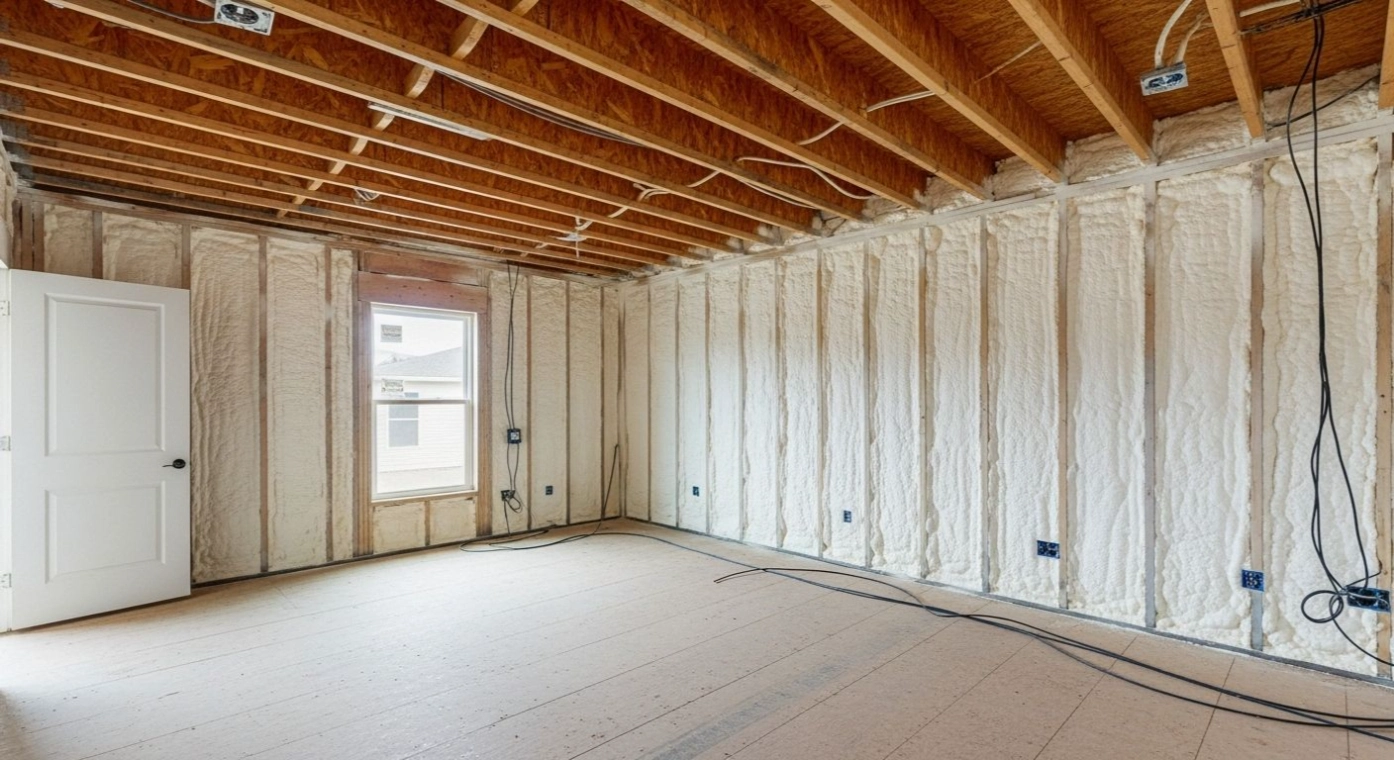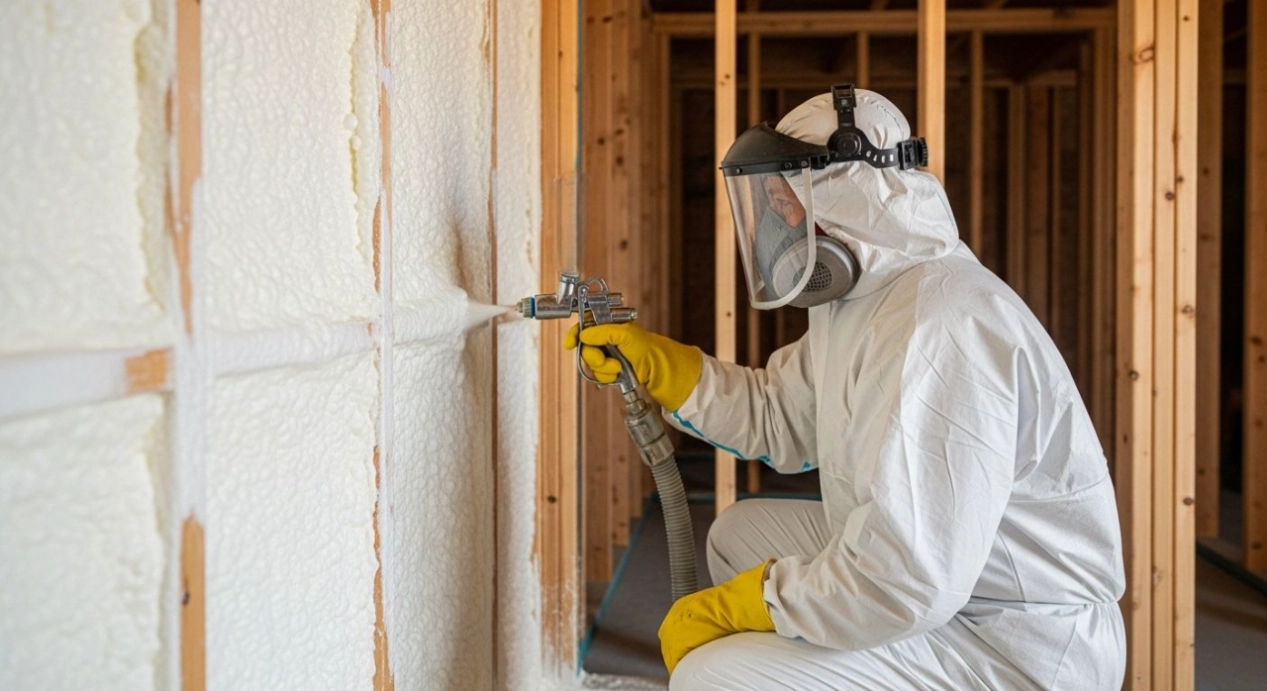
Spray foam insulation addresses one of the biggest challenges for Seattle homes: controlling heat loss and moisture in a damp, variable climate. Unlike traditional insulation, spray foam creates an air-tight barrier that reduces drafts, prevents mold growth, and stabilizes indoor temperatures. This directly improves comfort, lowers energy use, and protects building structures from long-term moisture damage.
Seattle’s marine climate—with high rainfall, cool winters, and mild summers—makes insulation performance critical. Spray foam works effectively in these conditions because it both insulates and seals in one application. This dual function helps homeowners manage indoor air quality and energy costs while protecting their property against moisture-related risks.
Seattle homes face challenges that make insulation performance more important than in drier regions:
Spray foam insulation offers a direct response by sealing gaps, providing continuous coverage, and resisting water absorption.
| Insulation Type | Thermal Resistance (R-value per inch) | Air Sealing Capability | Moisture Resistance | Longevity |
|---|---|---|---|---|
| Open-Cell Spray Foam | R-3.5 to R-3.7 | Excellent | Moderate | 20–30 years |
| Closed-Cell Spray Foam | R-6 to R-7 | Excellent | High | 30–50 years |
| Fiberglass Batts | R-2.9 to R-3.8 | Poor | Low | 10–15 years |
| Cellulose | R-3.2 to R-3.8 | Poor to Fair | Low to Moderate | 20–30 years |
Bonus tip: Closed-cell spray foam is often the best fit for basements and foundations in Seattle because of its moisture resistance and structural reinforcement.
| Specification | Open-Cell Spray Foam | Closed-Cell Spray Foam |
|---|---|---|
| R-Value per inch | 3.5–3.7 | 6–7 |
| Density | ~0.5 lb/ft³ | ~2 lb/ft³ |
| Vapor Permeability | High (not a vapor barrier) | Low (acts as vapor barrier) |
| Best Applications | Interior walls, attics, sound control | Exterior walls, roofing, basements |
Bonus tip: For homes with older electrical or plumbing systems, consider scheduling upgrades before installing spray foam since access will be restricted afterward.

Yes, after curing, spray foam is inert and does not release harmful fumes.
Yes, spray foam can adapt to irregular spaces and seal hidden leaks that are common in older houses.
It does not feed mold and helps control the moisture conditions that promote mold growth.
Most residential projects can be completed within one to two days, depending on the size of the area.
Seattle homes benefit from spray foam insulation because it addresses the city’s climate-driven challenges—moisture, air leakage, and temperature swings—in one solution. The choice between open-cell and closed-cell depends on location and performance needs. Long-term comfort, durability, and efficiency gains make spray foam a strong option for homeowners seeking lasting improvements.
For more information or to discuss your insulation needs, contact Cascadia Spray Foam of Seattle at (425) 386-3500 or email [email protected]. Speak with an expert about the best insulation approach for your home.
No ongoing maintenance is required, but periodic inspections of building systems (ventilation, roofing) are recommended.
Yes, but it requires cutting into the foam. Plan upgrades before installation when possible.
No, unlike cellulose or fiberglass, spray foam maintains its shape and adhesion.
Homes with spray foam insulation are often valued higher due to long-term energy savings and comfort.
Yes, it contributes to LEED certification by reducing energy use and improving indoor air quality.